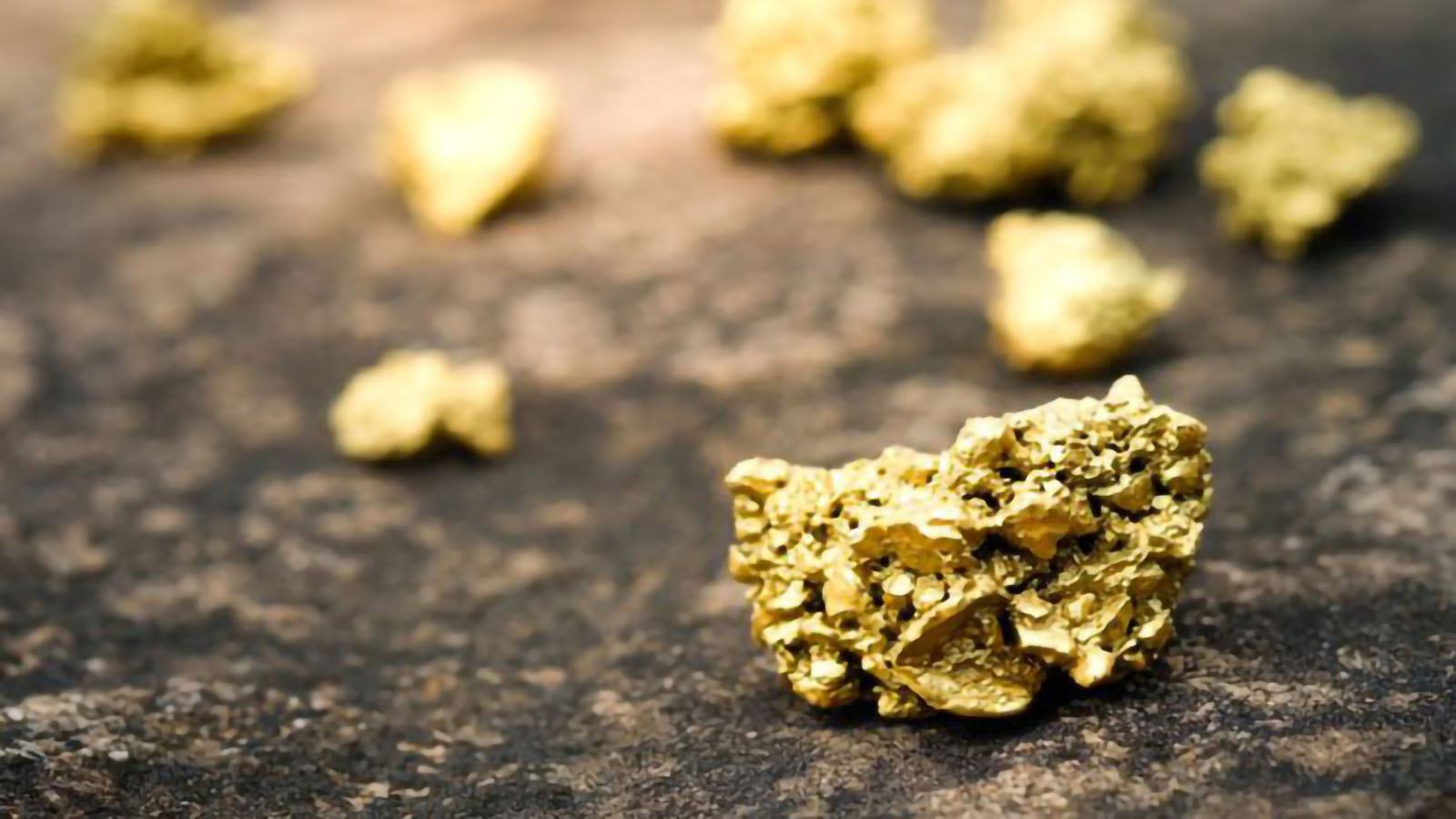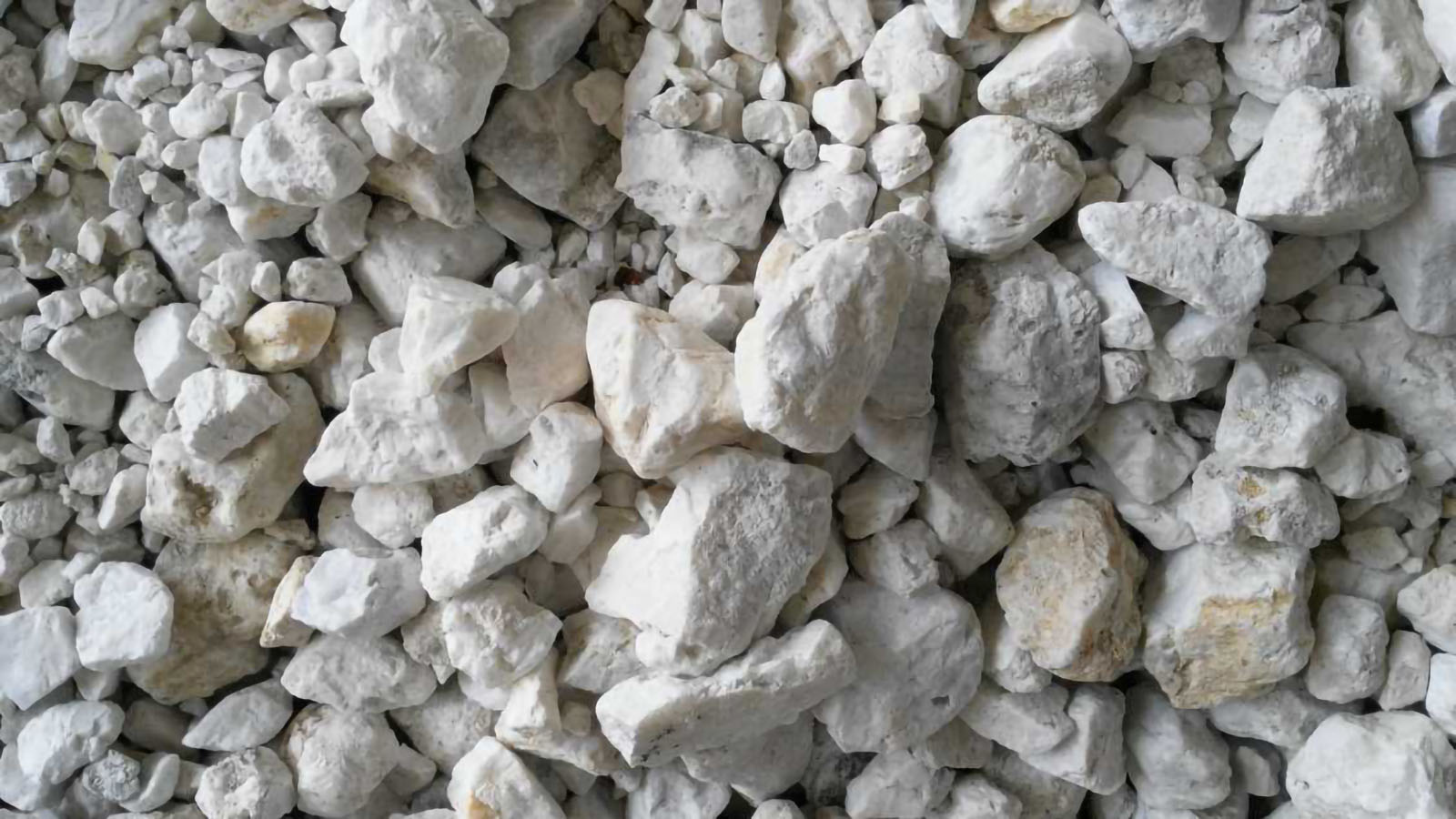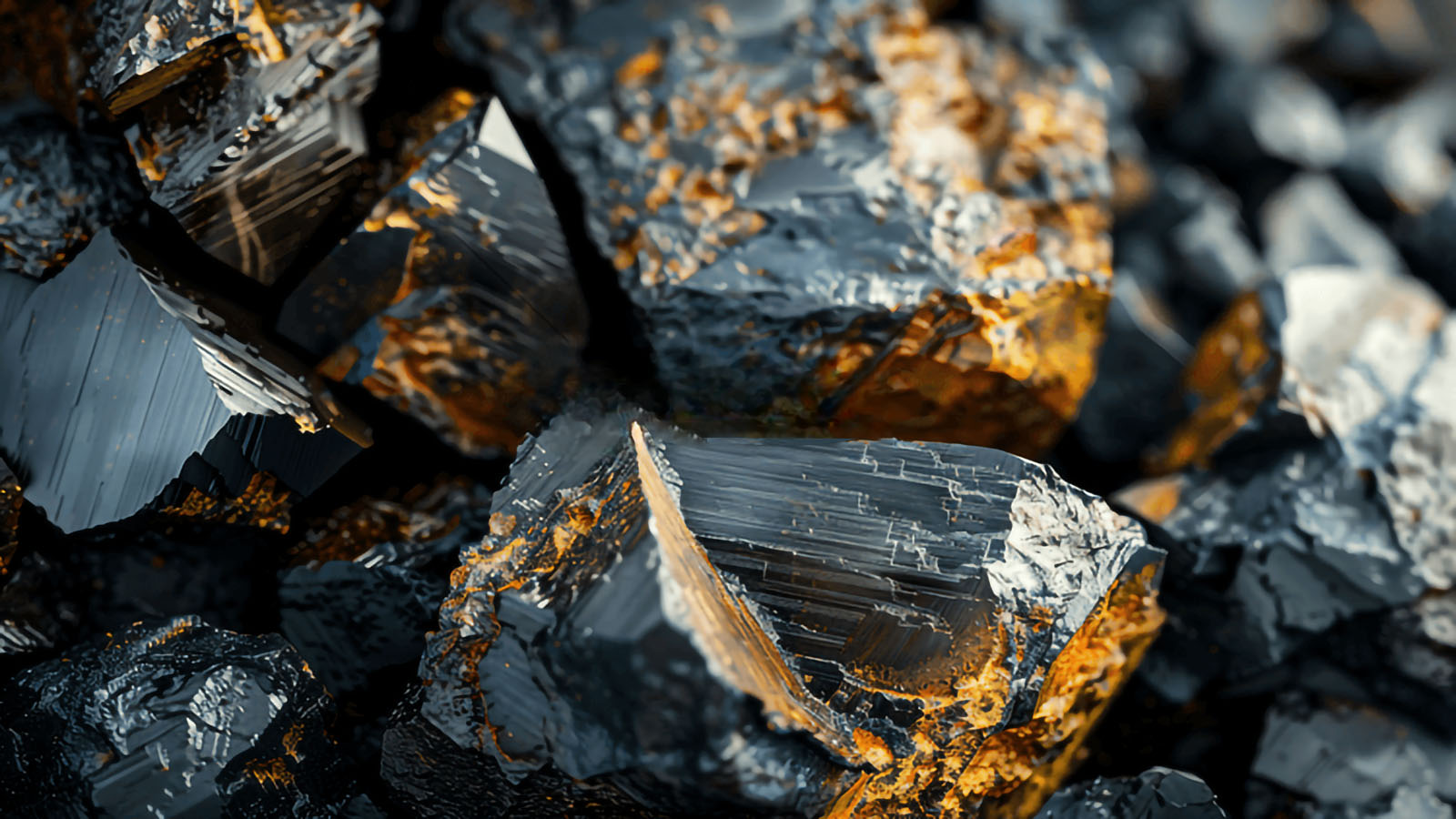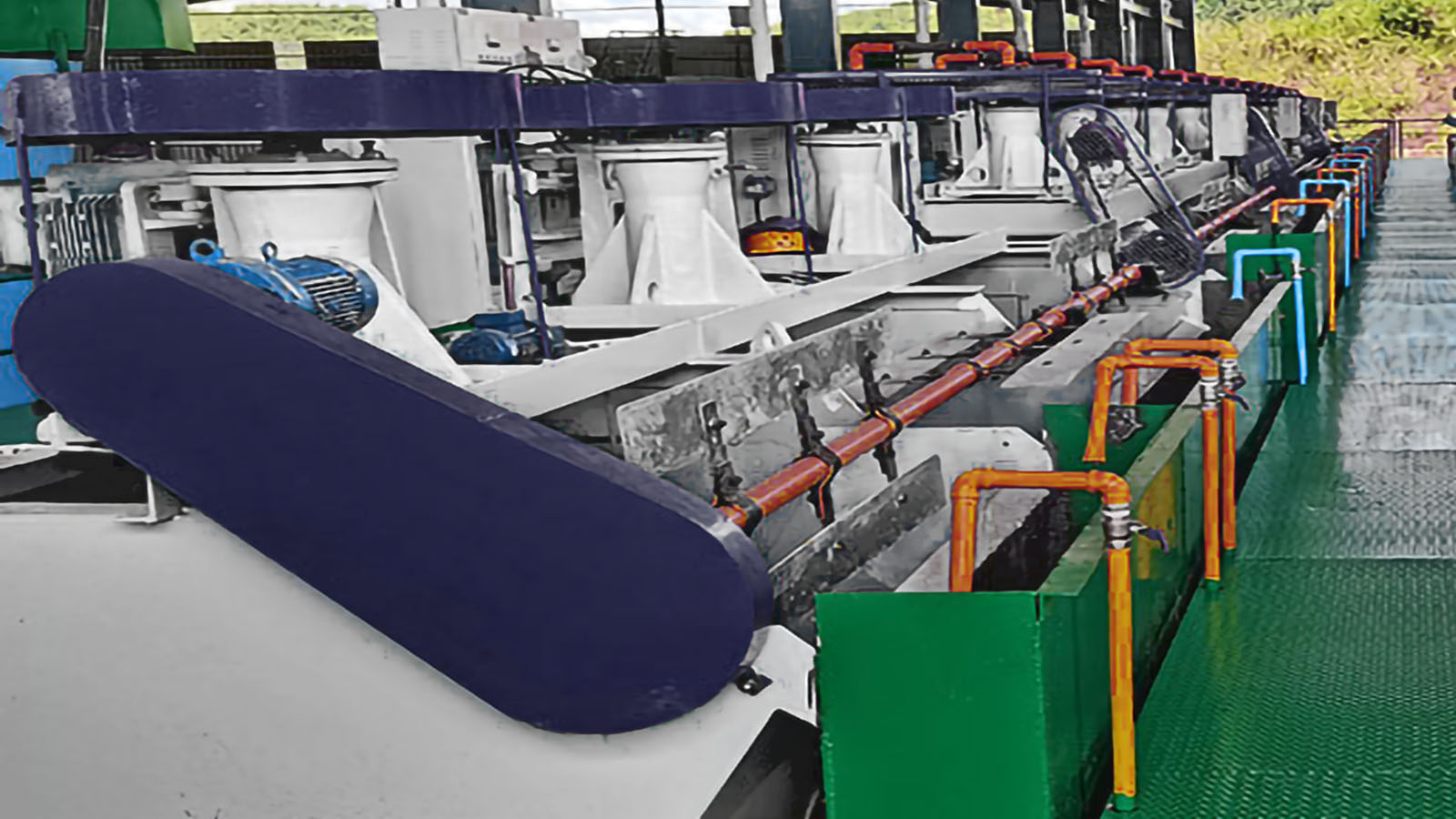
As high-grade, easily processable gold ore resources continue to diminish, carbonaceous gold ores are gaining widespread attention in the global mining industry as an important yet challenging resource. Due to their unique mineral composition and complex gold occurrence states, traditional cyanidation processes struggle to effectively treat these ores. Gravity separation technology, with its environmentally friendly and efficient characteristics, has emerged as a significant option for processing such ores. Through systematic analysis of the key factors affecting gravity separation efficiency of carbonaceous gold ores, processing effectiveness can be substantially improved.
Mineralogical Characteristics and Challenges of Carbonaceous Gold Ores
Carbonaceous gold ores refer to gold-bearing rocks containing active carbonaceous materials. Gold may exist in native form but is often intimately associated with or encapsulated by carbonaceous matter. The carbon materials in these ores primarily exist in the following forms:
1. Carbon Materials as Independent Minerals
Examples include graphite and amorphous carbon, which typically coexist with gold minerals but do not directly affect gold extraction.
2. Organic Carbon Compounds
These include humic acids and ketone compounds, which often possess certain adsorption capabilities.
3. Gold Particles Adsorbed by Activated Carbon
Activated carbon has strong adsorption properties and can adsorb gold ions or fine gold particles from solution.
4. Carbon-Clay Mineral Complexes
The complex association between carbon and clay minerals further increases the difficulty of mineral processing.
These complex associations between carbonaceous materials and gold significantly increase the difficulty of ore processing. Research indicates that when carbonaceous matter content exceeds 2%, conventional cyanidation gold recovery rates decline significantly, a phenomenon known as the "carbon robbing" effect.
Analysis of Factors Affecting Gravity Separation of Carbonaceous Gold Ores
1. Impact of Ore Characteristics on Separation Efficiency
Gold particle size is the primary factor affecting gravity separation efficiency. When gold particles are larger than 0.074mm, gravity recovery rates can exceed 85%. However, when gold particle size decreases to below 0.037mm, conventional gravity recovery rates typically fall below 40%.
Additionally, gold particle morphology significantly influences gravity separation effectiveness. Flat or flaky gold particles have a higher surface area to volume ratio, resulting in settling velocities 20-30% lower than theoretical calculations, making them difficult to capture using conventional gravity separation equipment.
2. Carbonaceous Material Characteristics and Content
Different types of carbonaceous materials affect gravity separation differently. Research shows that amorphous carbon and graphite have minimal impact on gravity separation, while activated carbon components often adsorb fine gold particles, reducing recovery rates. When carbonaceous material content exceeds 3.5%, special pretreatment processes are required to mitigate interference.
3. Associated Mineral Composition
Sulfides (especially pyrite and arsenopyrite) commonly occur with carbonaceous gold ores. These minerals have relatively high densities (approximately 4.8-5.2g/cm³) and tend to concentrate with gold (density 19.3g/cm³) during gravity separation, reducing concentrate grade.
Equipment Selection and Parameter Optimization
1. Centrifugal Gravity Separators
For fine carbonaceous gold ores (-0.1mm), high G-force centrifugal separators demonstrate excellent recovery performance. By adjusting centrifugal field intensity (typically between 60-100G), fine gold recovery rates can be improved by 15-25%.
2. Shaking Table Separation
For medium-sized carbonaceous gold particles (0.1-0.5mm), improved shaking tables show good results. Recovery rates can be effectively increased by optimizing the table's groove design, changing traditional 60° triangular grooves to compound curved grooves, and adjusting the table inclination between 2-4°. The table's inclination, length, and width directly affect slurry flow velocity and distribution, consequently impacting gold separation. At steeper inclinations (4-6°), slurry flows faster, benefiting coarse gold separation but potentially causing fine gold loss. Lower angles (2-3°) are more conducive to recovering fine gold.
3. Jig Separation
For coarse carbonaceous gold ores (+0.5mm), jigs demonstrate good recovery performance. Screen aperture, stroke, and frequency significantly impact separation effectiveness. Research indicates that when processing carbonaceous gold ores, screen apertures of 2-3mm, strokes of 10-15mm, and frequencies of 60-80 strokes/minute yield optimal separation results. Jigs are particularly suitable for separating coarse particles with significant density differences, typically achieving recovery rates above 90% for free gold particles with densities greater than 13g/cm³.
4. Combined Spiral Concentrator and Shaking Table Process
For coarse carbonaceous gold ores (+0.5mm), a combined process using spiral concentrators for roughing followed by shaking tables for cleaning can achieve high recovery rates and grades. Spirals are commonly used for processing coarse or sandy gold ores but perform poorly on fine gold. Research shows that centrifugal gravity separators are more effective than spiral separators for recovering gold from ultra-fine carbonaceous ores.
Operational Parameter Optimization and Control Strategies
1. Feed Density Control
Optimal feed densities vary among different gravity separation equipment. Centrifugal separators typically perform best at 15-25% solids content; shaking tables require 20-30%; and spiral concentrators need 25-35%. Excessive feed density deteriorates bed stratification, while insufficient density reduces processing capacity.
2. Water Flow Regulation
Water flow is a critical factor affecting gravity separation performance. Properly controlling wash water volume and frequency can significantly improve recovery rates.
3. Vibration Parameters
For equipment like shaking tables, vibration frequency, amplitude, and stroke significantly impact separation effectiveness. Research indicates that when processing carbonaceous gold ores, lower vibration frequencies (180-220 times/min) and larger amplitudes (12-18mm) typically yield better separation results.
Combined Processing Approaches for Carbonaceous Gold Ores
Different process combinations can be designed for various types of carbonaceous gold ores:
For low-carbon content ores, a "crushing-grinding-gravity recovery-leaching" process route can be adopted. For medium-carbon content ores, flotation and roasting steps may be added to the process. For high-carbon content ores, special treatment steps such as pre-oxidation are necessary.
Conclusion
Efficient processing of carbonaceous gold ores represents a significant challenge in today's gold metallurgy field. Through in-depth study of the mineralogical characteristics of carbonaceous gold ores and systematic optimization of gravity separation parameters, processing efficiency and economic benefits can be significantly improved. Appropriate selection of gravity separation equipment and optimization of operational parameters are crucial for enhancing carbonaceous gold ore processing indicators.
Related News

Advanced Barite Gravity Separation: A Comprehensive Analysis of Five Key Processing Stages

Maximizing Tungsten Recovery: Advanced Technologies in Wolframite Processing
